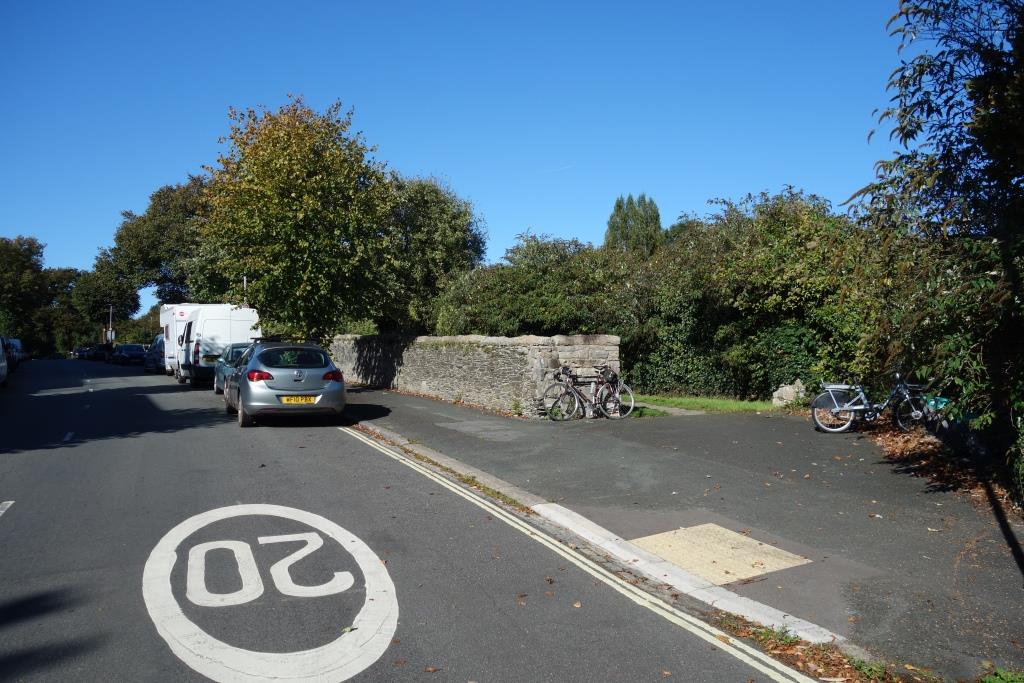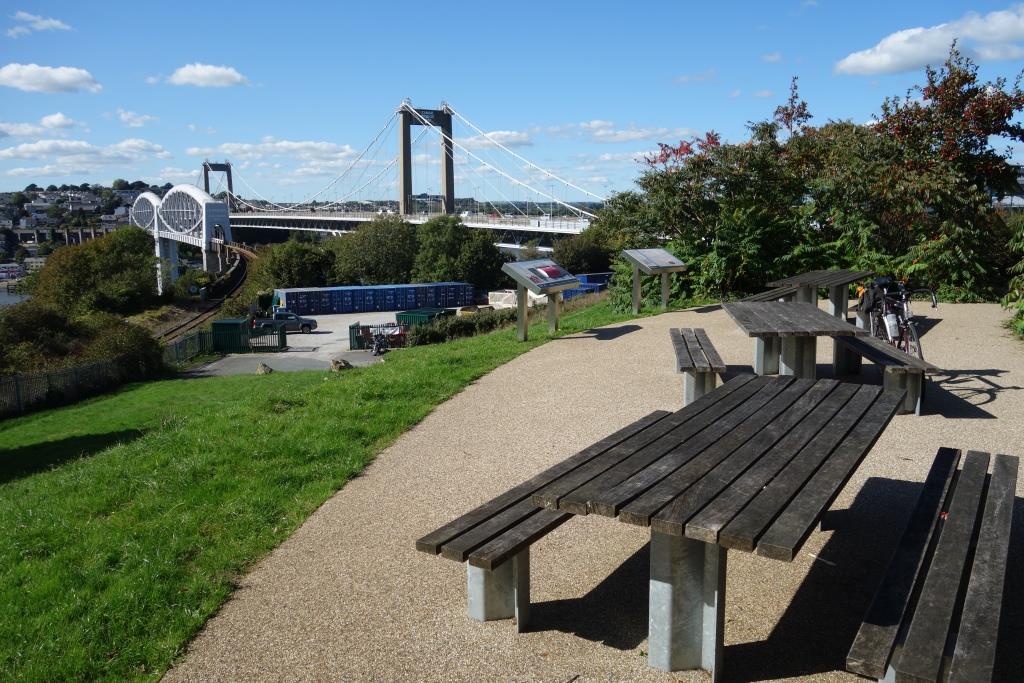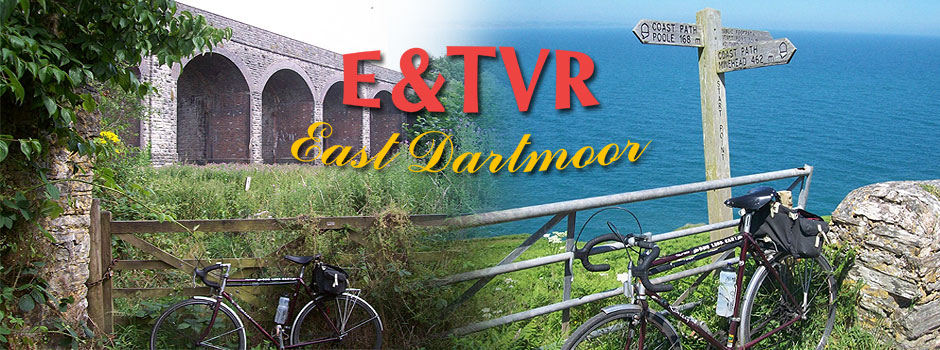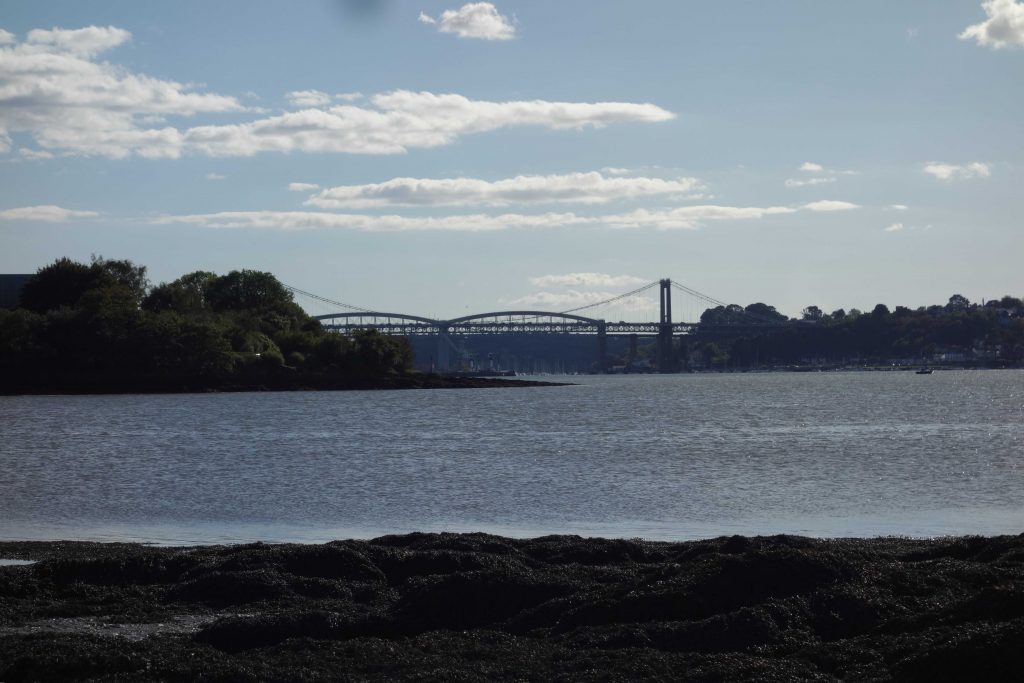The wildebeest herd was kicking up the dust, just as they do before a stampede. What had spooked them? Some timid creatures on the edge had seen a lion. But no one could convince them that it was an old lion; it had no teeth; it wasn’t a threat.
In March, 2020, the scout was returning from Plymouth after leaving some parts at the electroplating works in Stonehouse. The Guard announced that she would not need to touch passengers’ tickets; they need only hold them up for inspection. The country was in the grip of a madness. Ten days later, a national stoppage was imposed and the human stampede, figuratively, had begun.
And, just like it’s not possible to question the war once the war has begun, animals can’t be asked why they are stampeding once the stampede has started. Many regressed 100,000 years at a stroke and became like the primitives who had crept out of the cave and been frightened by the moon. The few knowing ones who comforted, “It’s the moon; it works the tides and makes women crabby,” were outcast from the fold.
The scout could not have known that it would be five and a half years before he would visit Plymouth again. It was not long enough for him to have become unfamiliar with the place. He rode out of North Road Station and down the hill to Pennycomequick, where he stopped at the Staff Association club and remembered the many P.W.I. talks he had attended there an age ago. The Exeter contingent would hare up the hill to the P.O. entrance to catch the north mail around nine. But the scout had noticed that the P.O. building was empty and that the subway was sealed.
His intention was to follow the Southern route from Devonport Junction to Bere Alston and so he set off along Stuart Road to the start of a wall, which was once the railway’s boundary.

Then he continued along Stuart Road and took in Wingfield Way, Wingfield, Molesworth, Valletort, Fitzroy and Paradise roads, snapping photographs here and there.
Then he toured the old King’s Road station, now the technical college. He chatted to some staff ladies having their lunch in the sun before riding down to Ocean Quay and along Richmond Walk as far as Admiral’s Boathouse. After entering the marina, he climbed King’s Road, crossed Devonport Park and peered over the wall where Albert Road Halt had been squeezed between two tunnel mouths.
He followed Victoria Place, which is above Ford Tunnel, dropped to St. Levan Road and climbed up to the site of Ford Station, whence he rode along the course of the line, stopping at bridges, halts and remaining features.
At Carlton Road he descended to Wolesley Road and continued to St. Budeaux, where he bought some lunch in the Co-op.
After photographing the Southern station and the wartime junction, he took a back alley for a view of the girder bridge which takes the Western over the Southern. Pemros Road brought him to the Tamar bridges, where he stopped for an uncharacteristically brief lunch.

Then he bunked down Vicarage Road to the Southern’s bridge, before riding over to Ernesettle, reached by means of a footbridge over the Devon Expressway. A footpath off Ernesettle Lane leads around to Warren Point and on to Tamerton Bridge.
After photographing the bridge, he crossed Ernesettle Creek and skirted the post-war satellite housing estate, which was given all the features of a village, including the Bull and Bush boozer and St. Aidan’s Church. The scout thought of the accursed Cranbrook, supposedly a model town outside Exeter. It has a new pub but no place of worship.
The road name theme in Ernesettle is not naval, as might be expected; it is Royal Air Force. The scout recognized World War II airfields, Hornchurch, Duxford, Tangmere, Manston and Hawkinge, but others were unfamiliar. Yelverton, Culdrose and St. Eval represent Devon and Cornwall. The scout climbed out of the settlement along Biggin Hill.
He rode along Budshead Road to Whitleigh and on to Tamerton Foliot, where he took Station Road. He carried on to Warleigh Point, then around to Tavy Bridge and back through Warleigh Wood.
Back at Tamerton Foliot, he decided there was too little time left to ride via Lopwell Dam to Bere Ferrers, photograph the station and catch the 1759. And if Station Master Grove were on duty, there would surely have been tea on offer.
So he climbed the long Tamerton Foliot Road, joined Budshead Road and reached Crownhill. The traffic had gathered all the way and was now solid, it being around five. The scout leapt onto the helter-skelter and spun along Tavistock Road, through Devon’s only three-level interchange at Manadon, along Outland Road and Alma Road, emerging from the utter madness at North Road in plenty of time for the 1727 Plymouth to Leeds.
The 25 miles clocked were not a real measure of the effort.
The ground covered can be seen in Okehampton to Friary.

